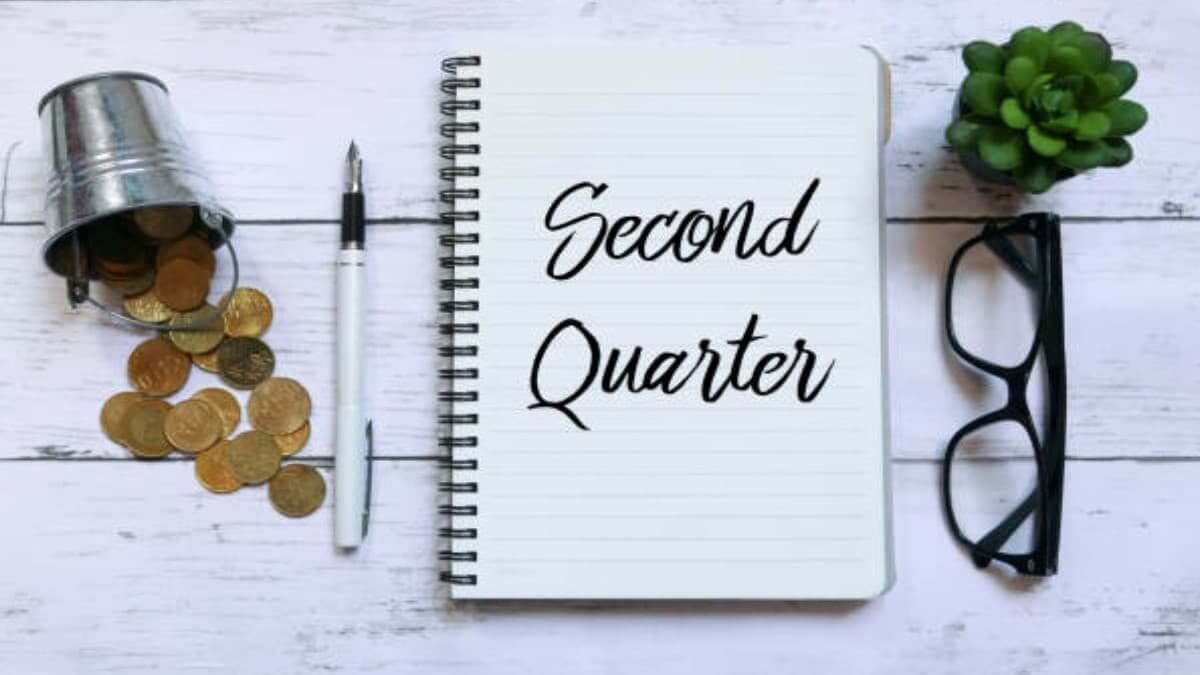
The second quarter’s estimated taxes marks the start of the second half of the tax year. When the second quarter ends, you have 15 days to pay your estimated taxes. If not paid on time, you’ll be hit with late-payment fees and there will be a lot of extra hustle and bustle, which shouldn’t be any.
The second quarter’s payments are responsible for the tax you owe between April 1st and the last day of June. The same as other estimated payments, you have to pay at least 90 percent of the tax owed for the quarter. When the tax season arrives and you file your federal income tax return, you can pay an underpayment penalty, even if you overpay taxes for different quarters. You can think of your quarterly estimated tax payments as paying your tax in full solely for that quarter.
That said, you might be better off paying an additional amount on top of what you estimated to avoid these.
Second Quarter Dates
The second quarter starts on the first day of April and ends on the last day of June. You must pay the second quarter’s estimated tax payment by July 15.
How to pay the 2nd quarter’s estimated tax payments?
The estimated tax payment for the second quarter isn’t different than any other quarter. You can pay the second quarter’s estimated payments the same way as the first quarter. The Internal Revenue Service accepts a broad range of payments. You can pay your estimated tax payment online using a debit/credit card, bank account, money order, or check order. While you won’t pay payment fees for payments made with money/check orders or bank accounts, you’ll have to pay processing fees to payment processors when using debit or credit cards.
Unless your payment is very large, these processing fees shouldn’t be an issue. Especially if you’re paying with a debit card. The fees for debit cards are fixed at $2 to $4 whereas you’ll pay a certain percentage of your payment with a credit card.